I rarely thought of myself as a suffrage descendant when I was young. There were too many other ways of viewing myself, especially my social position and various roles in life.
Late in life I’ve embraced the descendant label of a “suffragist’s granddaughter.” And I realize the extent to which I’ve been held back by the relative invisibility of the suffrage movement. It’s a tale about vast numbers of “invisible” people –women– who worked together to change the direction and momentum of their lives at the turn of the 20th century.
Later waves of feminists built on the vision and sacrifices of the first wave. We might know the sketchy details of the suffrage movement leaders, but little or nothing about the tens of thousands of regular people, like you and me, who brought the movement to life personally, in their families, communities, states, and nation.
When I was young, the prevailing attitude boiled down to a single question: “So, what’s the big deal? Women got the vote. It’s time to move on.” I was born into a second generation of women –since 1920– who have lived our lives in the awareness that vote is a right for us to choose and use. It rarely comes with a reminder that the right to vote has come at a huge cost and can always be taken away. Once earned, the ballot appears to be permanent and solid, though a certain collective memory remains of what it took to reach this state of affairs.
Do an internet search on “repeal of the 19th amendment,” and you’ll be surprised at the clamor of those insisting that the world has gone to hell. They pinpoint the turning point for the downslide to the ratification of the 19th amendment to the US Constitution in 1920. We forget that these critics, their grandfathers, and great grandfathers passed on to them the collective memory of a woman’s “sphere” and an insistence that their mothers, grandmothers, sisters, girlfriends, and wives remain in it. This twist in perspective comes with an “up” side. As women, we define ourselves more clearly when there’s opposition and push back, compared to the murky waters of vague memories and misunderstandings.
When I feel this Votes for Women resistance and take it personally, it isn’t long before I’m pushing back and getting inspiration from a fast-growing and ever-mushrooming body of literature of personal suffrage movement accounts, stories, films, documentation, and photographs. Celebrations and centennials are popping up all over. And they come with a full acknowledgement and appreciation of the many activists who have come before us. Do a search on the “suffrage movement” or “women’s suffrage” or the “19th amendment.” You’ll see what I mean.
These days I can barely keep up with all the suffrage centennial celebrations and events, new books, plays, music, and yes, storytelling. People are discovering and telling our suffrage stories, not only of women’s history, but American history. These suffrage tales rise from the shadows in full color and four-part harmony, and it is a great time to celebrate this significant part of who we are and let life rise in its fullness.
Image: Nina Mathews.
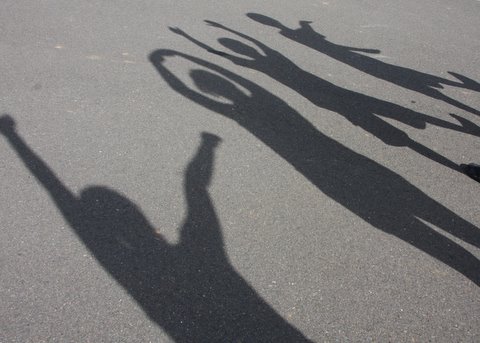
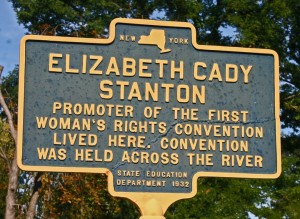
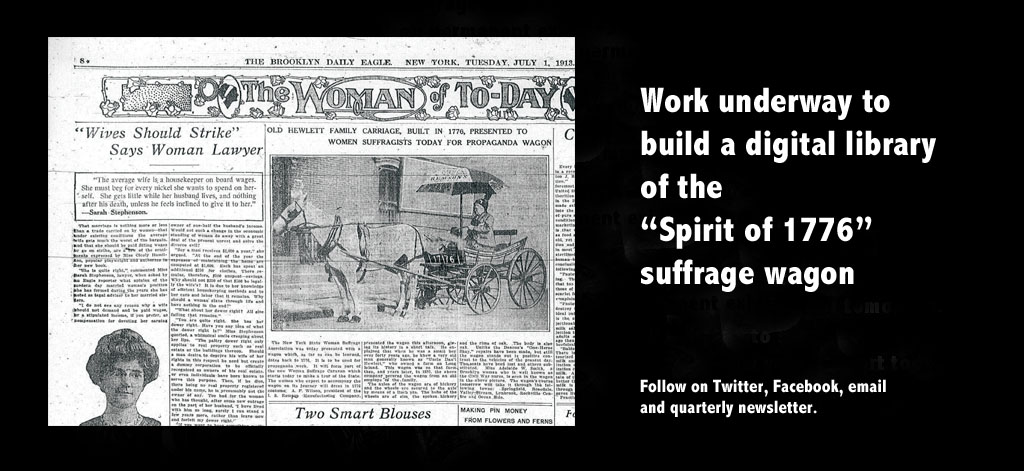
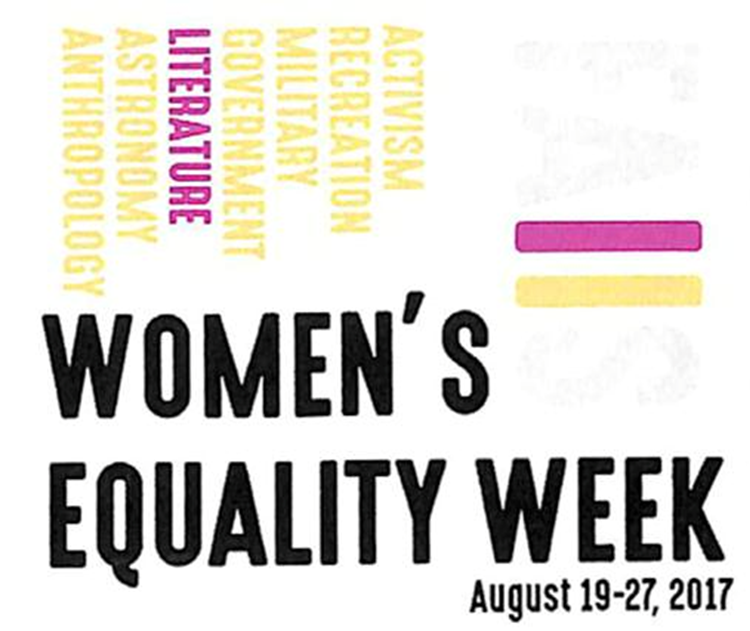
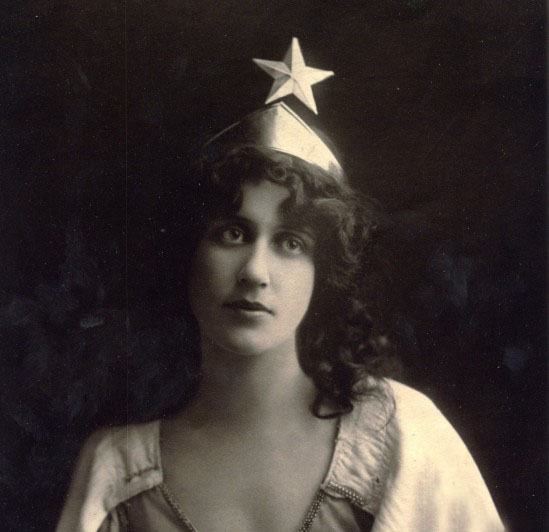
0 Comments